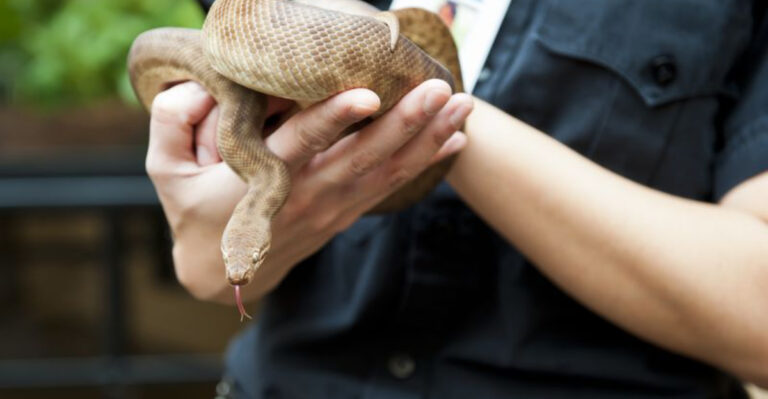Scientists Attempt To Revive Mammoths, Creating A Strange New Creature
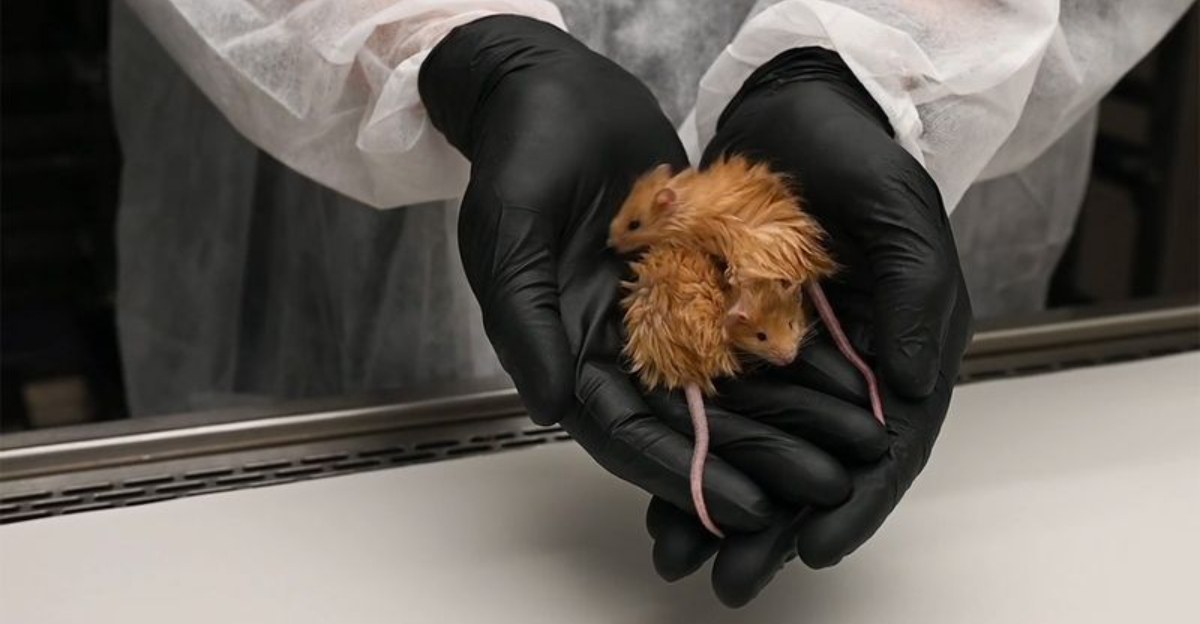
In recent years, scientists have made strides in genetic research with the ambitious goal of bringing back extinct species, including the mammoth.
Using advanced DNA technology and cloning techniques, scientists are attempting to revive the long-extinct mammoth by manipulating the genetic makeup of its closest living relative, the elephant.
The project, while controversial, could result in the creation of a strange new creature: a hybrid between a modern elephant and an ancient mammoth. This groundbreaking endeavor has sparked intense debates about the ethical, environmental, and scientific implications of resurrecting species from the past.
Woolly Mice: A Genetic Surprise
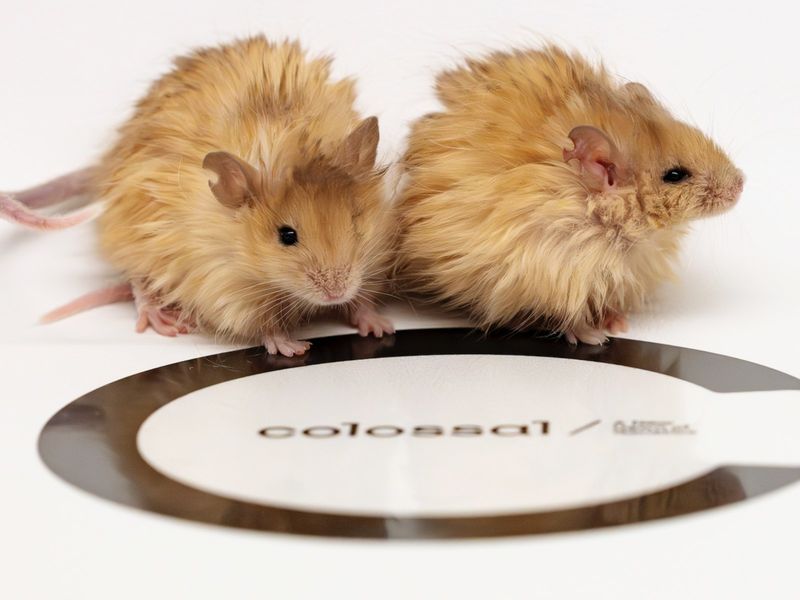
The ambitious effort to revive the woolly mammoth, an iconic symbol of the ice age, led to an unexpected outcome – woolly mice.
Instead of recreating mammoths, scientists ended up with rodents covered in fur resembling the ancient giants.
While this was a surprising result, it highlighted the unpredictable nature of genetic manipulation.
The Science Behind The Creation: Genetic Engineering At Play
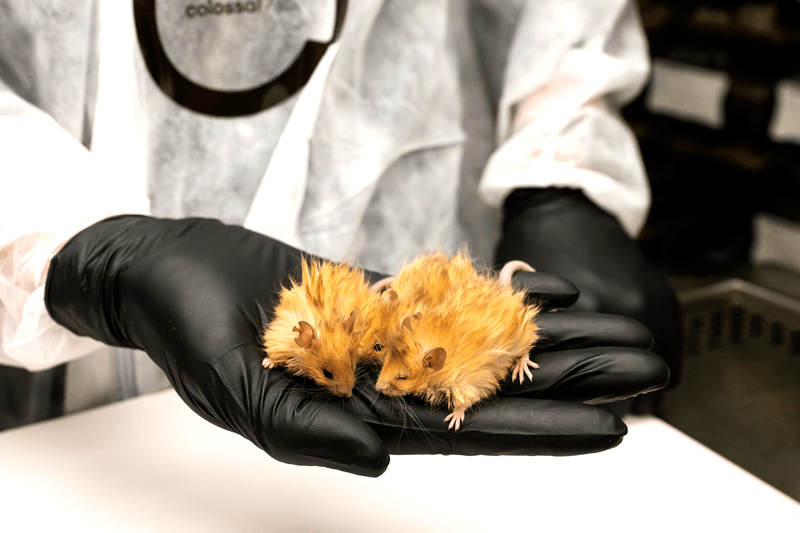
Reviving an extinct species like the woolly mammoth involves sophisticated genetic engineering techniques.
In this case, researchers inserted mammoth DNA into mouse cells in hopes of recreating mammoth-like features.
However, instead of giant creatures, they got small, fur-covered mice, offering a unique glimpse into the complexities of gene manipulation.
Unintended Results: Insights Into Genetic Pathways
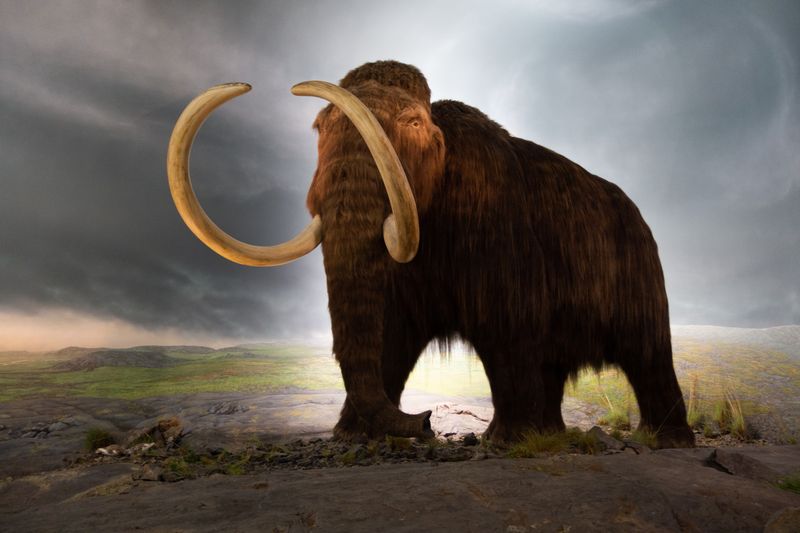
Although woolly mice were not the intended result, they have provided valuable insights into mammoth DNA and genetic engineering.
These mice serve as living examples of how ancient genetic material can interact with modern DNA.
Their creation has expanded our understanding of gene compatibility and expression, opening new doors for future genetic research.
Ethical And Feasibility Questions: What Does This Mean For De-Extinction?
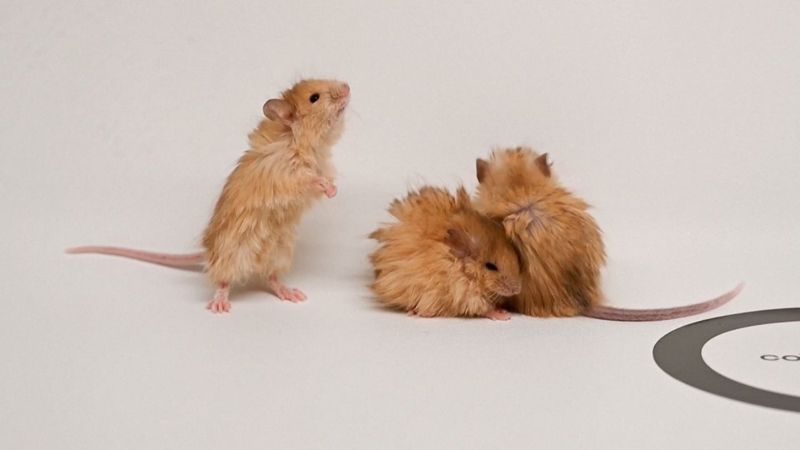
The woolly mice discovery has sparked ethical debates about the potential of de-extinction. While some view this as a failure, others see it as a step forward in genetic research.
The unexpected creation of these rodents raises important questions about the feasibility and ethics of resurrecting extinct species, urging scientists to carefully consider the implications of such experiments.
The Road To Mammoth Cloning: Lessons From The Mice
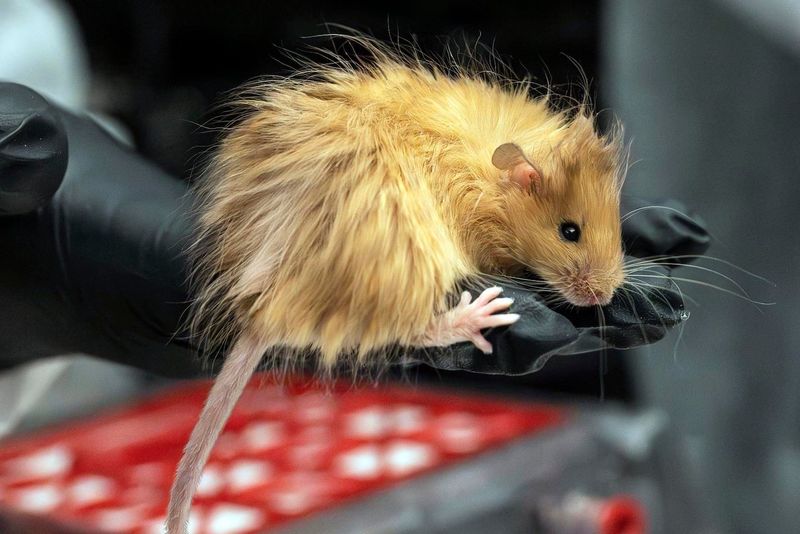
Though the woolly mice were an unintended result, they have provided crucial lessons in the cloning process.
Their creation revealed unforeseen variables that can arise during such experiments, shedding light on the intricacies of genetic manipulation.
This discovery has broadened the path toward woolly mammoth cloning, highlighting the need for careful planning and adaptability.
Furry Surprises: Genetic Research’s Role In Innovation
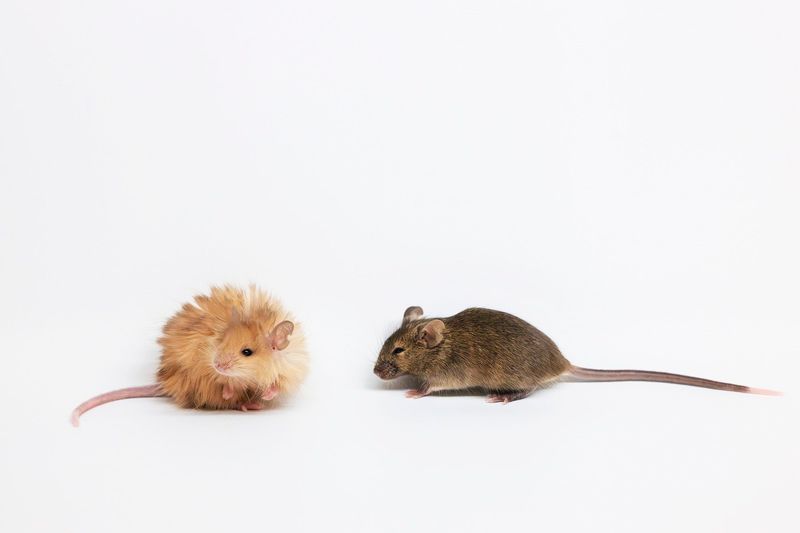
The woolly mice experiment has demonstrated that unexpected results can sometimes lead to groundbreaking discoveries.
By pushing the boundaries of genetic research, scientists are uncovering new possibilities for future research pathways.
The mice, though small, have become a symbol of the unexpected innovations that can arise from genetic experimentation.
Educational Value: Teaching Genetic Science Through Woolly Mice
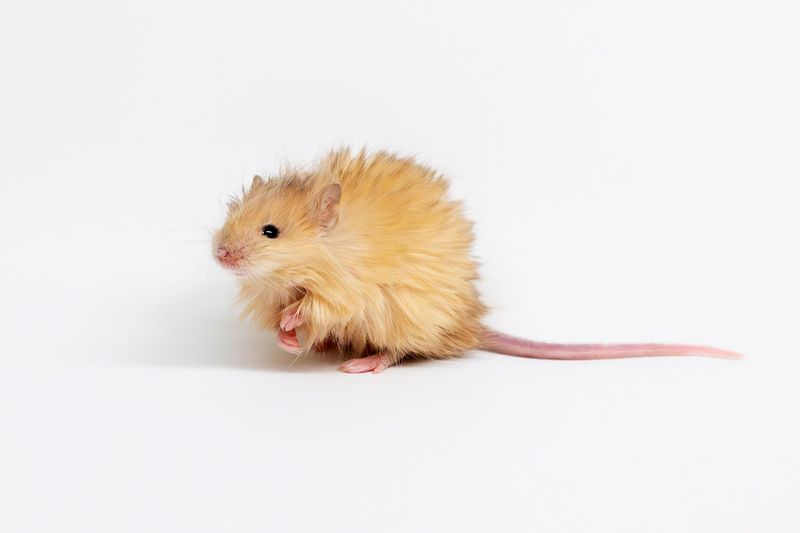
Woolly mice have become valuable teaching tools for scientists, educators, and students alike.
These creatures help explain complex genetic concepts in a tangible way, offering insights into how ancient DNA can be integrated into modern organisms.
Their creation bridges the gap between theoretical genetic science and real-world application.
What’s Next For Genetic Research? The Future Beyond Woolly Mice

The creation of woolly mice has opened the door to new frontiers in genetic engineering.
As research continues, scientists are likely to explore even more possibilities, both in the realm of de-extinction and beyond.
These tiny, wool-covered rodents remind us of the limitless potential that genetic science holds, encouraging further exploration into the mysteries of life, both ancient and modern.
Genetic Engineering Of Asian Elephants
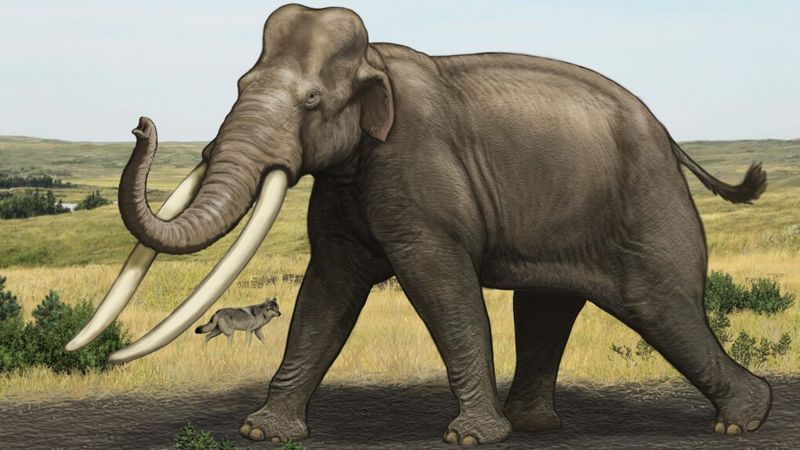
Scientists are making groundbreaking progress in their quest to revive the woolly mammoth by using advanced genetic tools, particularly CRISPR technology.
By inserting mammoth-specific genes into the DNA of an Asian elephant, researchers hope to create a hybrid creature called the “mammophant,” which combines the features of both species. This project aims to reintroduce mammoth-like traits, such as a thick, shaggy coat and adaptations that help survive cold environments.
These genetic modifications are expected to result in an animal that can thrive in environments similar to the mammoth’s natural habitat, offering intriguing possibilities for both de-extinction and the future of conservation biology.
Creation Of “Woolly Mice”
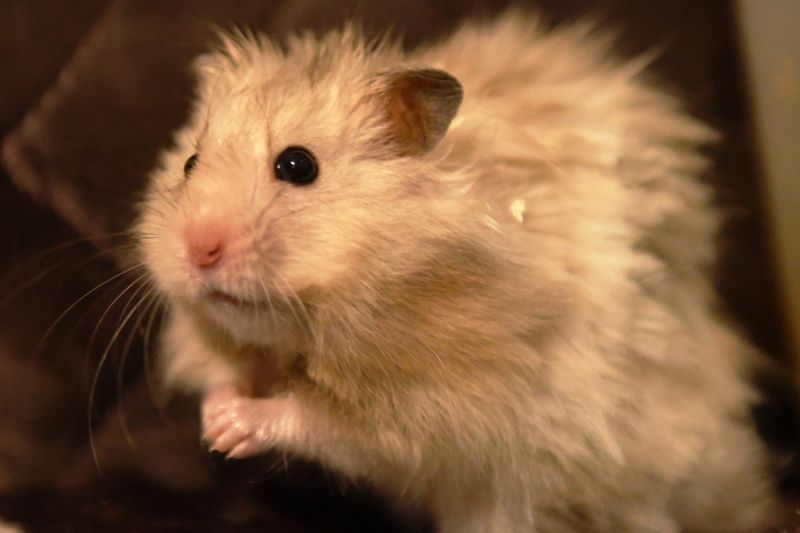
As part of their broader effort to revive the woolly mammoth, researchers at Colossal Biosciences have taken a smaller yet significant step by engineering “woolly mice.”
These mice have been genetically modified to carry mammoth-inspired traits, such as thick fur and the ability to store fat in a way similar to what the ancient mammoth did to survive harsh climates.
This experiment is seen as a critical test run to understand how mammoth genes behave when introduced into living organisms.
The success of these woolly mice serves as a proof of concept for the larger goal of resurrecting the mammoth and could provide vital insights into how genes from extinct species can be reactivated in modern animals.

